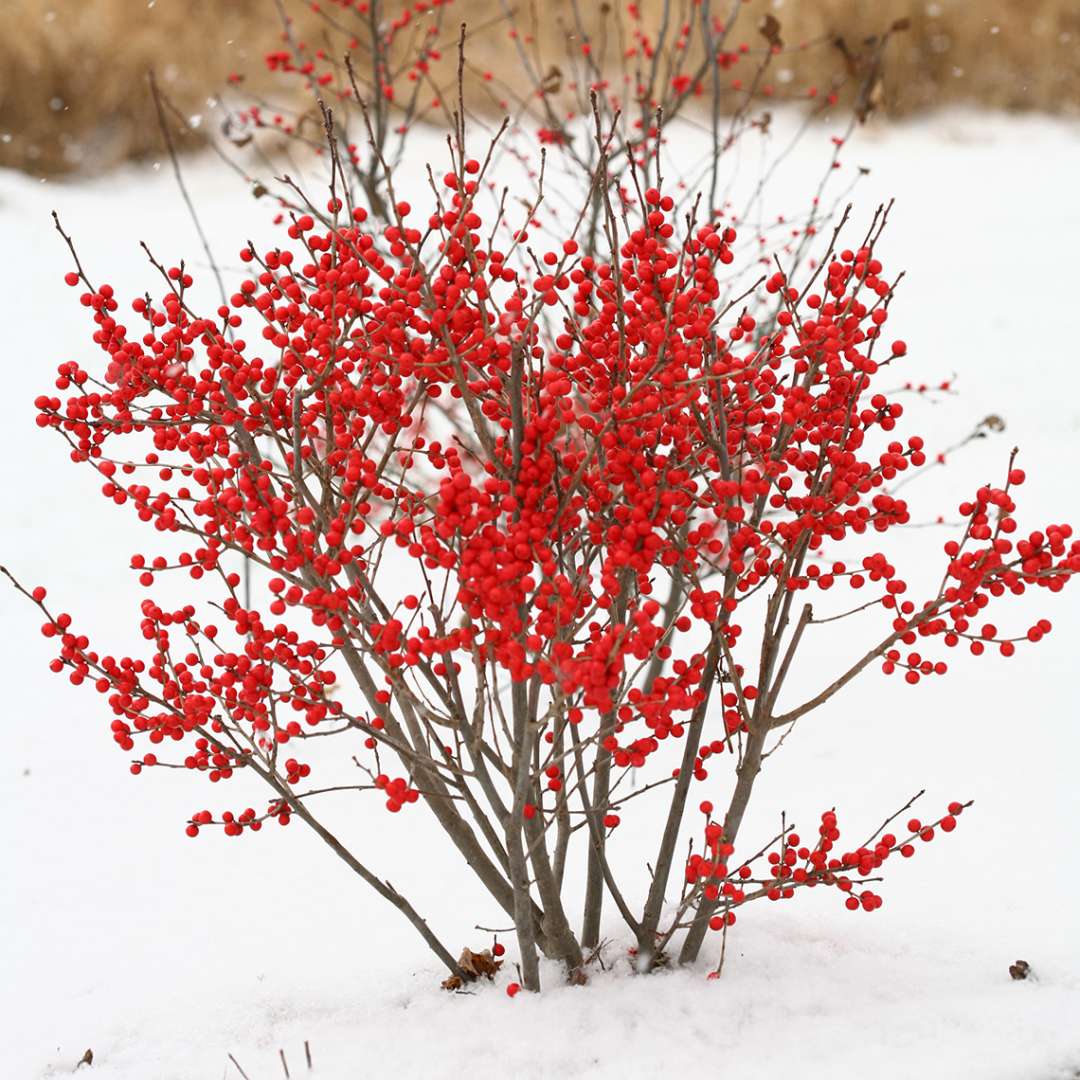
When fall rolls around and the leaves are changing every gorgeous shade of red, orange, and gold, nature really puts on an amazing show for us. The trees covering the hillsides paint pictures that remind us of cooler weather to come and the holidays that are just around the corner. Sometimes we have to stop and take it all, reminding ourselves that we only get to see this transformation once each year. It’s not something to take for granted – some people may not get to see this display at all if they don’t live in deciduous forests (you know, forests where most trees lose their leaves) like we do!
Sometimes, even once the leaves have fallen from the trees, we like the look of the fall leaves and their colors scattered on the ground or maybe flying through the air as a car passes over them, or our kids kick them along during a walk in the woods. Have we convinced you how much we seriously love fall?!
RELATED: When Should I Prune My Hydrangeas?

However… along with all of the beauty and natural benefits that autumn leaves can bring us, they can also interrupt some important work that our plants are doing to prepare themselves for the coming winter and even the next growing season. We’ve written a whole blog post about What’s Happening in the Fall Landscape so that you can dive deep into what is going on with our landscape plants in the fall. Long story short? They’re doing the best they can to soak up every ounce of sunlight they can get, turning it into energy, and storing that energy away so that they can survive a winter of dormancy and have plenty left to burst into action again next spring!
RELATED: Featured Plant: Goldenrod
So what’s the deal with falling leaves in the landscape? Well, there’s a couple good reasons that we really should take some kind of action to manage fall leaves in our yards. Fall leaves can provide big benefits to our yard as well as cause some big problems so let’s take a look at the good and bad before we decide how to manage the leaves.

Give me the good news first…
Of course, the fall leaves are lovely, there’s no denying that! Plus, falling leaves are the perfect example of one of nature’s best recycling programs. Our large trees take a lot of nutrients out of the soil to produce the huge amounts of leaves that they put out each year but they give so much of it back to the soil when they drop all those leaves in the fall. Soil critters like earthworms, insects, bacteria, and fungi feed on those fallen leaves, breaking them down and adding those nutrients back into the soil. If our trees keep taking out all the good stuff each year to grow new leaves but the fallen leaves can’t stay there to break down and refresh the soil, the soil becomes deficient in organic matter really fast. Without proper organic matter, soils become easily compacted, they lose the ability to hold water as well, and they can’t support the soil organisms that help feed our plants, control our pests, and break down waste in the environment. The importance of good soil is a whole other topic, but at the end of the day, leaves account for a huge amount of organic matter in soils and that organic matter is super, super important for good soils which is super important for healthy plants. (Did we get your attention with how it’s all super important?)

Leaf litter also provides shelter over the winter for many of our “good guy” insects including pollinators and natural pest control insects. Some butterflies and moths “hibernate” (but it’s actually called diapause for insects) as eggs or pupae (cocoon or chrysalis) that hide in the fallen leaves. They’ve evolved to disguise themselves as fallen leaves to stay hidden from predators while they’re dormant over the winter. Other insects may attach themselves to these fallen leaves or simply rest beneath the layer of insulation that these leaves provide. Having some leaf litter around is necessary if we want these insects around next year to provide us all their benefits of pollination and helping to control insect pests.
And now the bad news?
Too many leaves block access to sunlight. Here’s a good example: think of each leaf falling in your yard as a thin scarf or handkerchief. If you laid outside to soak up some sun and someone came along and laid one or two thin, little scarves on you, you’d probably still get plenty of sun and come home with the nice tan you were looking for, with maybe a little light spot here or there. But if someone came along and dumped 10, 20, or more of these things on you, you’d end up pretty disappointed with the amount of sun that could actually get to you and your tan would be pretty lame.
Your plants are the same way when it comes to falling leaves. A few leaves in your lawn or falling on your shrubs probably won’t be super harmful to the plants as they work hard to collect that valuable sunlight. But throw a whole bunch of leaves on them and the sun will have a much harder time reaching their leaves and allowing them to create the energy that they need to be making in the fall.

Also….
Cleaning up diseased leaves (or any other part of a sick plant) is so important when it comes to controlling disease in the landscape. If you’ve noticed a plant has not been looking well during the growing season and you’ve seen things like leaf spots or fuzzy molds, you need to get rid of those diseased plants parts in the fall. Disease-causing particles like fungal spores will overwinter on plant material both that which has fallen and some that may still be on the tree and those particles will “reactivate” in the spring, starting the cycle of disease over again for the new year. There’s never any reason to leave diseased plant material laying around or to add it to a compost pile.
So what are we gonna do now?
So how should we actually deal with the leaves given all the good and bad that comes with them? Up next… Taking Control of Your Fall Leaves: What to Do With Them




